OVERVIEW
The global market size of location analytics is expected to hit USD 22.8 billion by 2024, increasing in 2019–2024 at a CAGR of 15.85%. The demand for location analytics is increasing rapidly and powered by developments such as IoT growth, increased market awareness and competitive intelligence, and an increase in the amount of vertical spatial information.
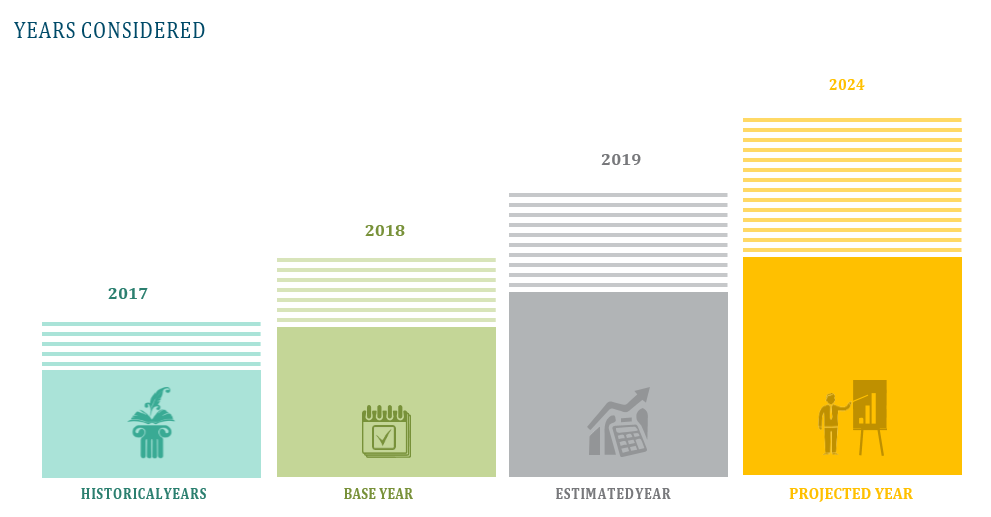


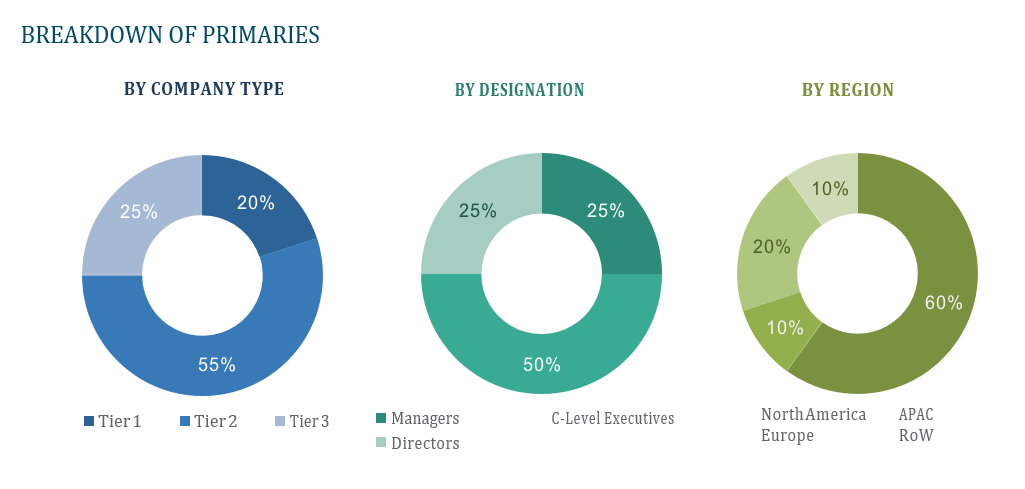
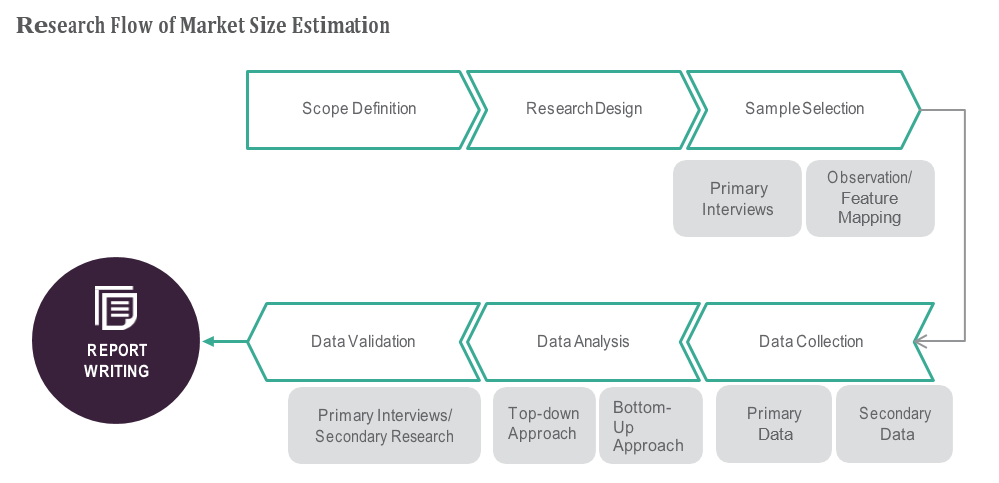

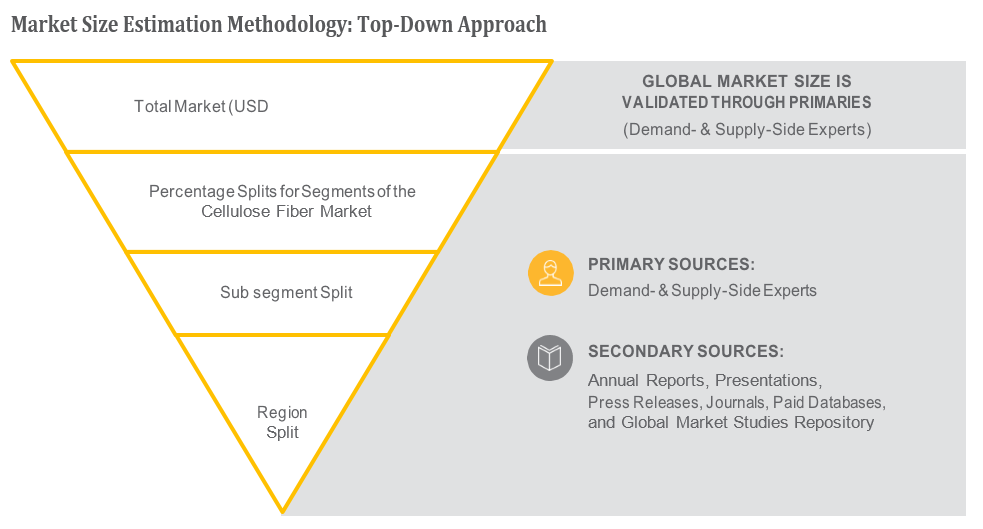
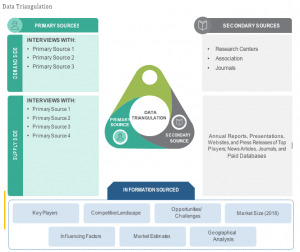
TABLE OF CONTENT
1 Global Location Analytics Market
1.1 Study Objectives
1.2 Market Definition
1.3 Study Scope
1.3.1 Markets Covered
1.3.2 Geographic Scope
2 RESEARCH METHODOLOGY
2.1 Research Data
2.1.1 Secondary Data
2.1.1.1 Key Data From Secondary Sources
2.1.2 Primary Data
2.1.2.1 Key Data From Primary Sources
2.1.2.2 Key Industry Insights
2.1.2.3 Breakdown of Primaries
2.2 Market Size Estimation
2.2.1 Bottom-Up Approach
2.2.2 Top-Down Approach
2.3 Market Breakdown and Data Triangulation
2.4 Research Assumptions
3 Global Location Analytics Market – Executive Summary
3.1 Market Revenue, Market Size and Key Trends by Company
3.2 Key Trends by type of Application
3.3 Key Trends segmented by Geography
4 Global Location Analytics Market – Comparative Analysis
4.1 Product Benchmarking – Top 10 companies
4.2 Top 5 Financials Analysis
4.3 Market Value split by Top 10 companies
4.4 Patent Analysis – Top 10 companies
4.5 Pricing Analysis
5 Global Location Analytics Market – Industry Market Entry Scenario
5.1 Regulatory Framework Overview
5.2 New Business and Ease of Doing business index
5.3 Case studies of successful ventures
5.4 Customer Analysis – Top 10 companies
6 Global Location Analytics Market – Market Forces
6.1 Introduction
6.2 Market Dynamics
6.2.1 Drivers
6.2.2 Opportunities
6.2.3 Challenges
6.3 Porters Analysis of Market
6.3.1 Bargaining power of suppliers
6.3.2 Bargaining powers of customers
6.3.3 Threat of new entrants
6.3.4 Rivalry among existing players
6.3.5 Threat of substitutes
7 Global Location Analytics Market – Strategic Analysis
7.1 Value Chain analysis
7.2 Product Life Cycle
7.3 Supplier and distributor analysis (Market share and product dealing strategies)
8 Global Location Analytics Market – By Component (Market Size – & million/billion)
8.1 Services
8.1.1 Consulting
8.1.2 Integration and Deployment
8.1.3 Other
8.2 Solution
8.2.1 Geocoding and Reverse Geocoding
8.2.2 Data Integration and ETL
8.2.3 Other
9 Global Location Analytics Market – By Location Type
9.1 Indoor location
9.2 Outdoor location
10 Global Location Analytics Market – By Organization Size
10.1 SMEs
10.2 Large Enterprises
11 Global Location Analytics Market – By Application
11.1 Risk management
11.2 Emergency response management
11.3 Customer experience management
11.4 Remote monitoring
11.5 Others
12 Global Location Analytics Market – By End-User
12.1 Retail
12.2 Manufacturing
12.3 Media and Entertainment
12.4 Transportation and Logistics
12.5 Government and Defense
12.6 Energy and Utilities
12.7 Others
13 Global Location Analytics Market – By Geography (Market Size – & million/billion)
13.1 Introduction
13.2 North America
13.2.1 US
13.2.2 Canada
13.2.3 Mexico
13.3 Europe
13.3.1 U.K
13.3.2 Germany
13.3.3 Italy
13.3.4 France
13.3.5 Spain
13.3.6 Rest of Europe
13.4 Asia-Pacific
13.4.1 China
13.4.2 Japan
13.4.3 India
13.4.4 South Korea
13.4.5 Rest of APAC
13.5 Rest of the World
13.5.1 South America
13.5.2 Middle East
13.5.3 Africa
14 Global Location Analytics Market – Entropy
14.1 New product launches
14.2 M&A’s, collaborations, JVs and partnerships
15 Global Location Analytics Market Company Profile (Key Players)
15.1 Market Share, Company Revenue, Products, M&A, Developments
15.2 SAS Institute
15.3 Oracle
15.4 Pitney Bowes
15.5 IBM
15.6 Microsoft
15.7 Galigeo
15.8 GeoMoby
15.9 Alteryx, Inc.
15.10 Cisco Systems
15.11 Purple
15.12 Company 11 & more
16 Global Location Analytics Market – Appendix
16.1 Sources
16.2 Abbreviations










